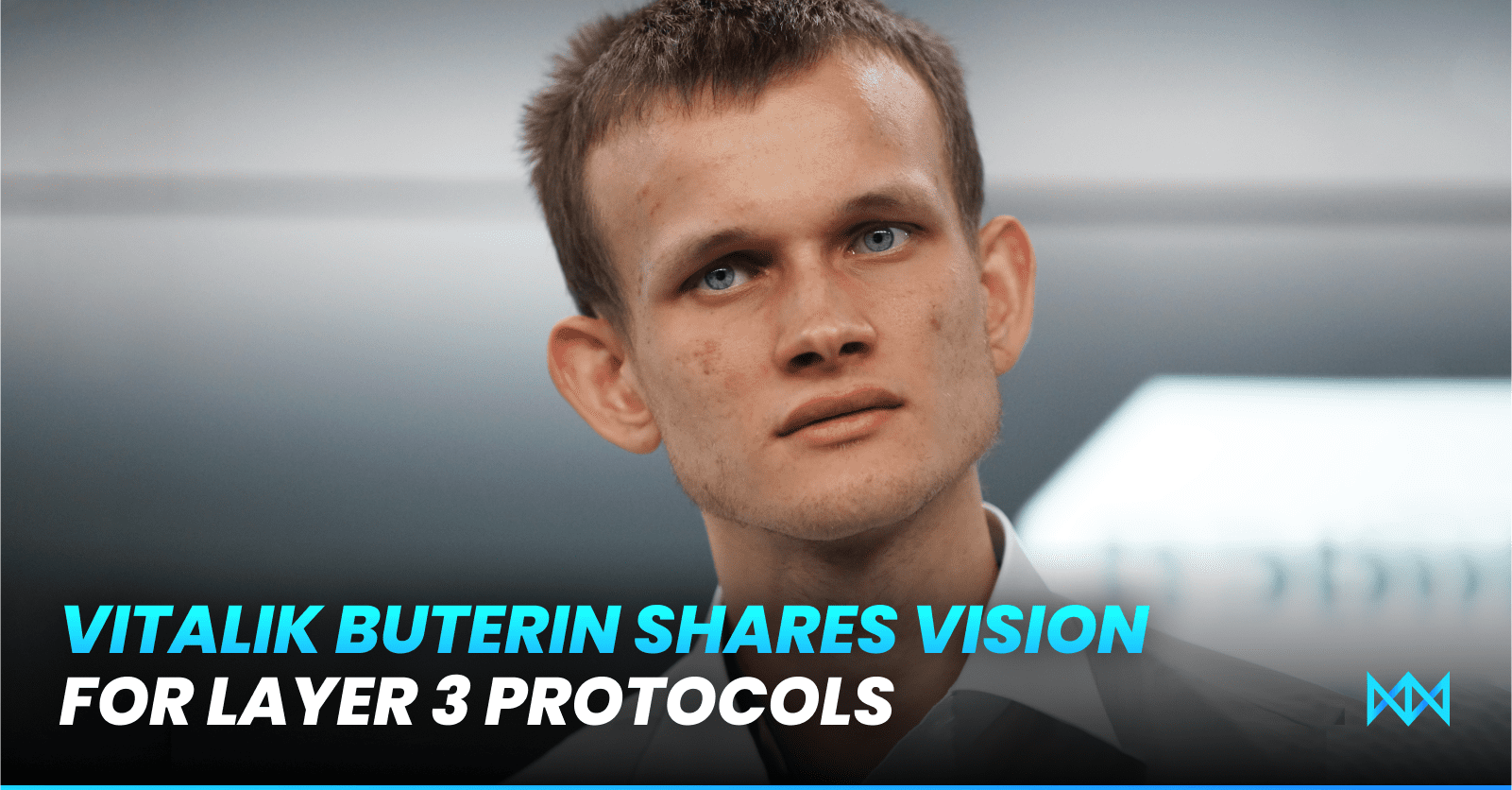Quick Summary:
- Most of the dApps and DeFi solutions offering flexibility across trading platform use some kind of centralized authority.
- Layer 3 protocols add the cross-chain functionality to support the blockchains enabling them to communicate between different ecosystems.
- The multilayer blockchain structure enables the blockchains to become more interoperable.
Related: SINSO As The Layer 2 Infrastructure For Filecoin
Blockchain, as we know it, is not perfect. Ideally, a blockchain should have three attributes; Scalability, Security, and Decentralization. Any blockchain can choose either of two from these three. This is called blockchain trilemma.
Layer 1 chains like Bitcoin and Ethereum choose security and decentralization over scalability. This is why Bitcoin has only a TPS (Transaction Per Second) of 5 to 7 and Ethereum (PoW) has a TPS of 12 to 15. To increase network throughput, layer 2 protocols are used. Layer 2 protocols add an additional layer to the parent chain to process the transactions. Polygon, for example, takes transactions of the Ethereum mainnet and processes those through zk-rollups, and then adds them back to the mainnet. Ethereum layer 1 is responsible for creating and adding blocks to the mainnet.
Layer 2 solves the issue of scalability but not cross-chain functionality.
DeFi and dApps require communication between different ecosystems which is not possible without requiring a centralized authority. This is because blockchains normally don’t have interoperability functionality. Layer 3 protocols are required to support such flexible trading ecosystems.
Vitalik Buterin’s vision for layer 3 protocols:
Ethereum co-founder Vitalik Buterin is one of the top crypto experts who keep sharing his nerdy ideas about crypto and other blockchain products. Recently he shared his insight about layer 3 protocols. According to him layer 2 should be focused on scalability issues while layer 3 protocols should be focused on some different purpose.
Vitalik believes that using a multilayer structure, layer over layer, just for scalability might not work well. Rollups over Roll up might give you infinite scalability but it’s not ideal.
Buterin’s ideal multilayer chain will be the one where layer 2 and layer 3 perform two different functions. However, he’s unsure if a layer 3 structure efficient than the current layer-2 model when it comes to building customized applications on Ethereum.

One possible argument for the three-layer model over the two-layer model is: that a three-layer model allows an entire sub-ecosystem to exist within a single rollup, which allows cross-domain operations within that ecosystem to happen very cheaply, without needing to go through the expensive layer 1.
-Vitalik Buterin
Conclusion
Buterin is of the view that if only Layer 2s can perform a job well then adding an additional layer is needless. Adding layer 3 protocol over layer 2 won’t add to the network efficiency.
Disclaimer: This article is provided for informational purposes only. It is not offered or intended to be used as legal, tax, investment, financial, or other advice.






